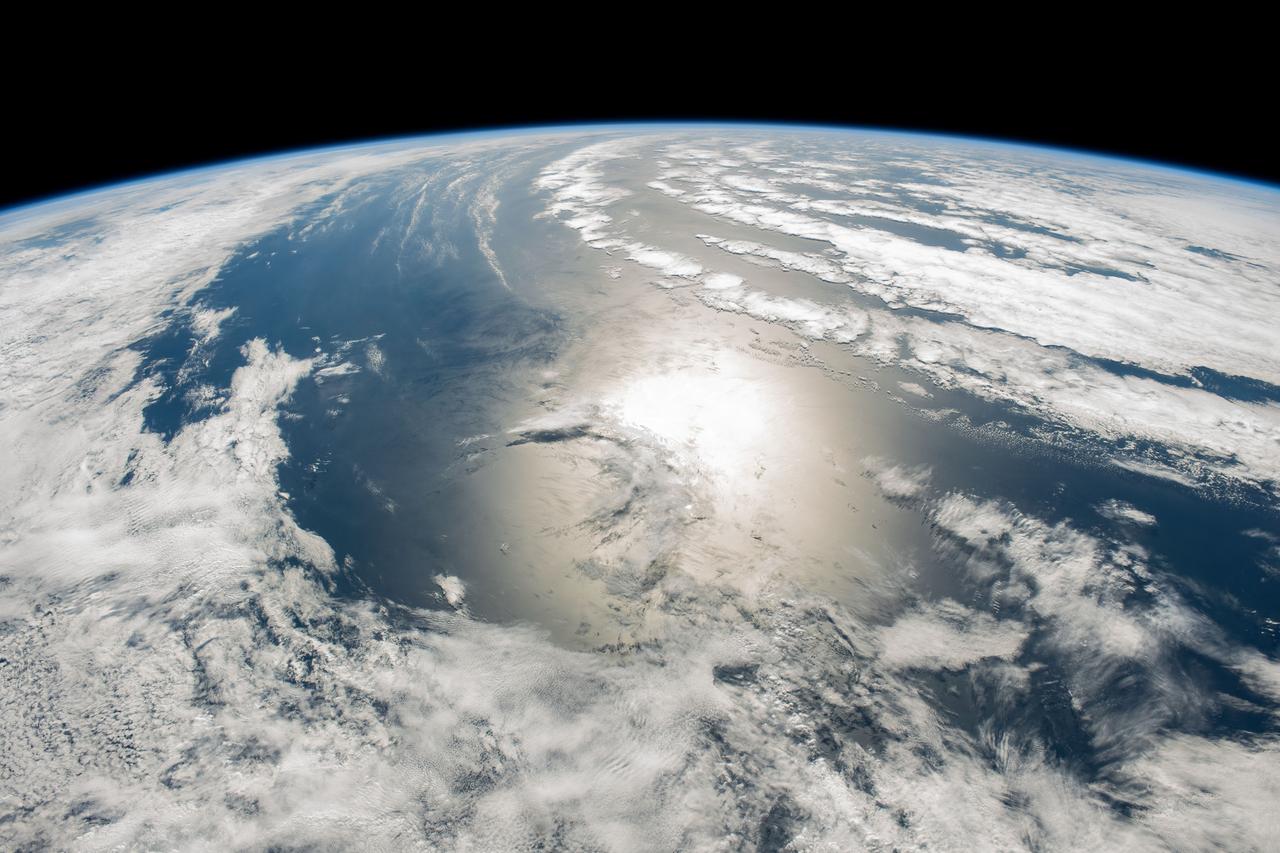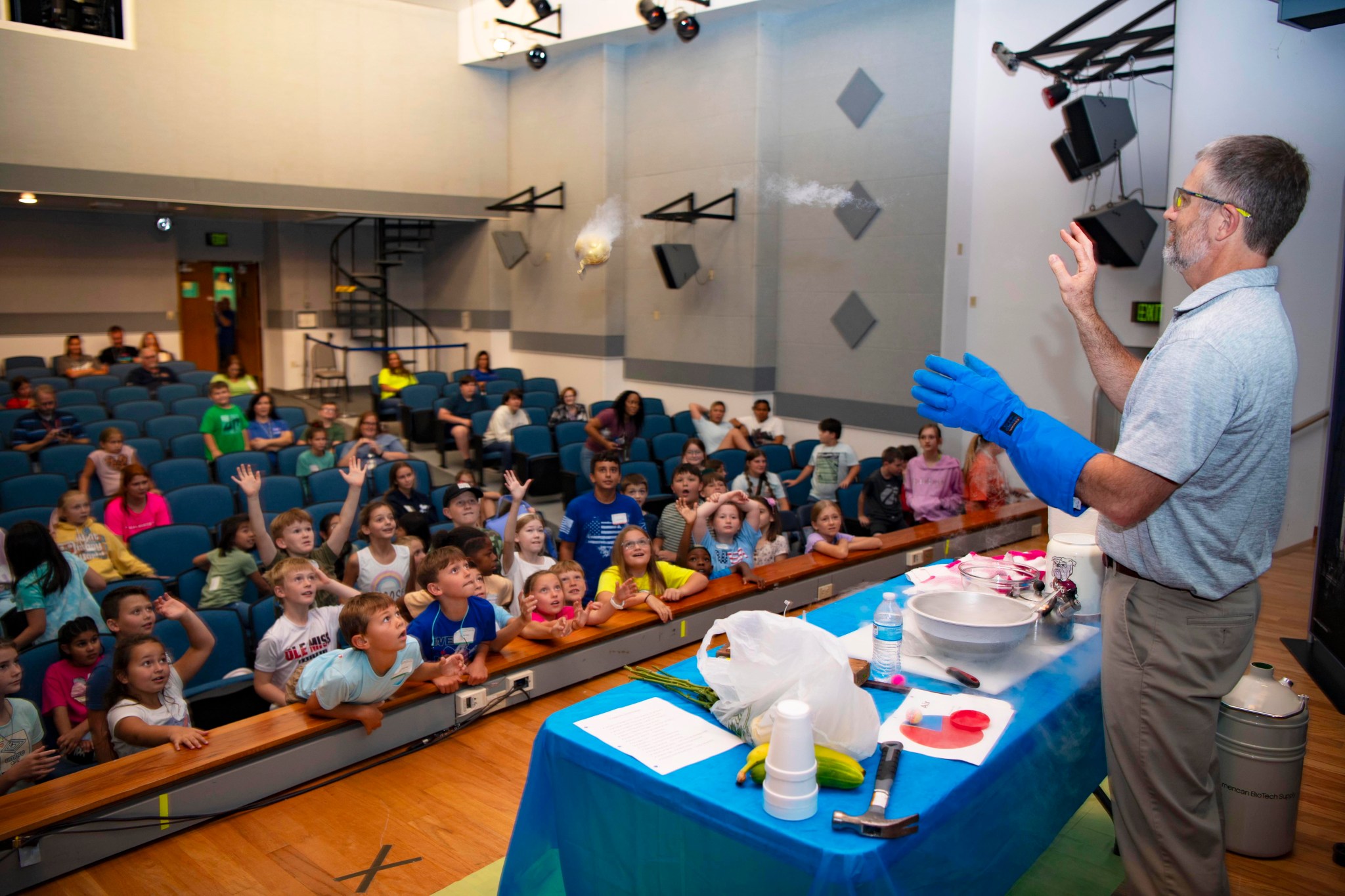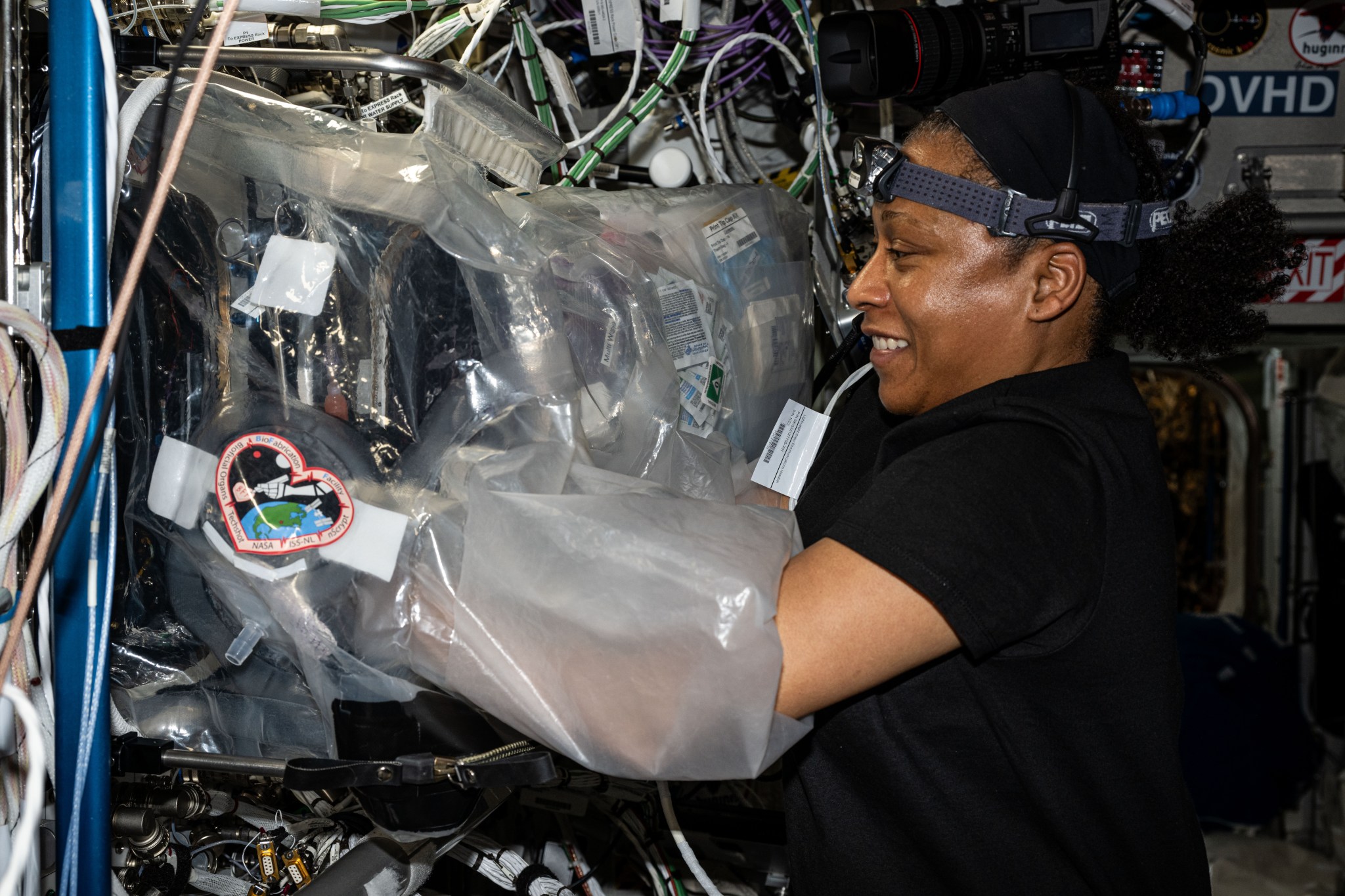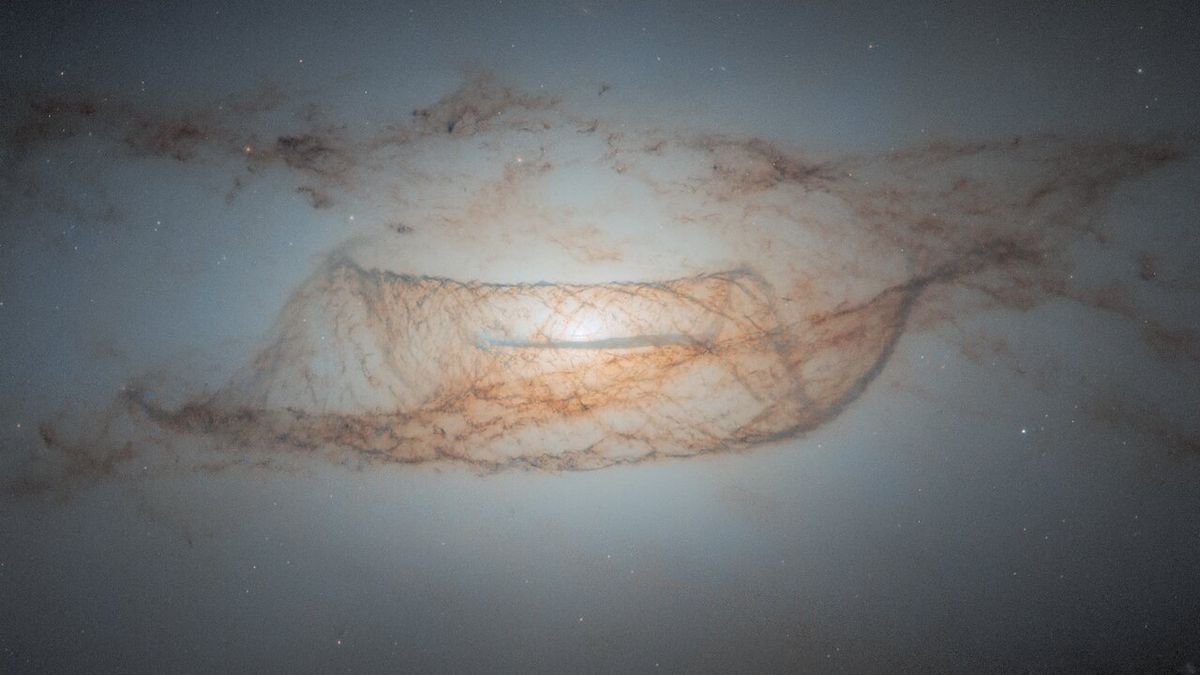4 min read Preparations for Next Moonwalk Simulations Underway (and Underwater) Christopher Bennett, left, and Jason Kirk are seen in an Aeronautics Systems Analysis Branch laboratory at NASA’s Langley Research Center in Virginia, discussing computer code that is part of Aviary, a new digital modeling tool that helps engineers innovate new aircraft designs. NASA has created a new digital modelling tool for aeronautical engineers to innovate new aircraft designs, building on decades of experience using highly advanced computer code for aviation. Using this tool, researchers can create simulations of conceptual…
Read MoreMonth: May 2024
NASA’s Juno probe captures fascinating high-resolution images of Jupiter’s icy moon Europa
When NASA’s Juno spacecraft performed its closest approach to Jupiter‘s moon Europa in September 2022, it captured evidence not only for pockets of briny water connected to the world’s deep subsurface ocean, but also for potential scars formed by towering plumes of water vapor — and it caught that evidence on camera The majority of imagery from the Juno mission is taken by an instrument called JunoCam, which scientists revealed was able to take four high-resolution images of Europa’s surface as it raced past the icy moon at an altitude…
Read MoreNASA Earns Best Place to Work in Government for 12 Straight Years
2023 image capturing the Sun’s glint in between a cloudy stretch of the south Atlantic Ocean off the coast of Argentina. Credits: NASA NASA was named Thursday as the 2023 Best Place to Work in the Federal Government – large agency – for the 12th year in a row by the Partnership for Public Service. The title serves as a reflection of employee satisfaction with the workplace and functioning of the overall agency as NASA explores the unknown and discovers new knowledge for the benefit of humanity. “Once again, NASA…
Read MoreNASA, European Space Agency Unite to Land Europe’s Rover on Mars
NASA’s Associate Administrator for the Science Mission Directorate Nicky Fox and ESA’s Director of Human and Robotic Exploration Daniel Neuenschwander sign an agreement on the Rosalind Franklin mission at ESA’s headquarters in Paris, France on May 16, 2024. Credits: ESA/Damien Dos Santos NASA and ESA (European Space Agency) announced Thursday they signed an agreement to expand NASA’s work on the ExoMars Rosalind Franklin rover, an ESA-led mission launching in 2028 that will search for signs of ancient life on the Red Planet. With this memorandum of understanding, the NASA Launch…
Read MoreSpace Physics and Space Weather Scientist Dr. Yihua (Eva) Zheng
“For the girls or women in science — or in any profession or job — opportunities are more abundant than they were previously. Sometimes you need to take bold steps. Just a little push, and then you will get there.” — Dr. Yihua (Eva) Zheng, Space Physics and Space Weather Scientist, Heliophysics Science Division, NASA’s Goddard Space Flight Center
Read MoreFY2024 TEAM II NOFO Announcement
2 min read Preparations for Next Moonwalk Simulations Underway (and Underwater) Next Gen STEM’s Teams Engaging Affiliated Museums and Informal Institutions (TEAM II) program is pleased to announce an upcoming FY2024 Notice of Funding Opportunity (NOFO) that will expand the current program from a two-tier to a three-tier system by adding a mid-level funding tier. The NOFO is expected to be released in the third quarter of FY2024 (April-June). The new mid-level funding tier was created in response to feedback from the informal education community. The new “STEM Innovator” tier…
Read MoreStudents Across US to Hear from NASA Astronaut Aboard Space Station
An image of NASA astronaut Jeanette Epps using the glovebox BioFabrication Facility in the Columbus European Laboratory during Expedition 71 on April 10, 2024. Credits: NASA/Michael Barratt Students of a volunteer service organization will have the opportunity next week to hear from NASA astronaut Jeanette Epps aboard the International Space Station. The Earth-to-space call will stream live at 11:40 a.m. EDT on Tuesday, May 21, on NASA+, NASA Television, the NASA app, and the agency’s website. Media interested in covering the event must RSVP no later than 5 p.m., Monday, May 20,…
Read MoreDusty galaxy looks like a cosmic net in gorgeous new Hubble Telescope photo
A new Hubble image highlights the intricacies of a distant galaxy glowing with a bright white core surrounded by complex dust structures. A new image from the Hubble Space Telescope captures the sharpest view yet of the lenticular galaxy NGC 4753. The photo, released on Monday (May 13), offers a nearly edge-on view of the galaxy, revealing its bright central bulge. Lenticular galaxies are a cross between spirals and ellipticals; they exhibit an elliptical shape but have ill-defined spiral arms. Given NGC 4753’s low-density environment and complex structure, this particular…
Read MoreHuge, solar flare-launching sunspot has rotated away from Earth. But will it return?
Talk about a dramatic exit! The sunspot AR3664, which is about 15 times wider than Earth, has finally rotated out of our planet’s view — but not before firing off two more big solar storms. The most recent solar flares from AR3664 were in the X class, the strongest category — an X3.4 monster that peaked today (May 15) at 4:37 a.m. EDT (0837 UTC) and an X2.9 that followed at 10:38 a.m. EDT (1438 GMT). Related: Watch monster flare-spewing sunspot grow to be 15 times wider than Earth (video)…
Read MoreHow do you forecast a solar storm? Space weather experts explain
For those who had the opportunity to see the aurora this weekend, it was quite a spectacular moment. But while seeing the aurora borealis is thrilling and exciting for us, the same coronal mass ejections (CMEs) and geomagnetic storms that make these light shows possible can also wreak havoc on some of the technology that’s part of our daily lives. There was a lot of buzz last weekend about other possible impacts when the historic geomagnetic storms reached the extreme G5 category. Companies that operate satellites like SpaceX reported on…
Read More







